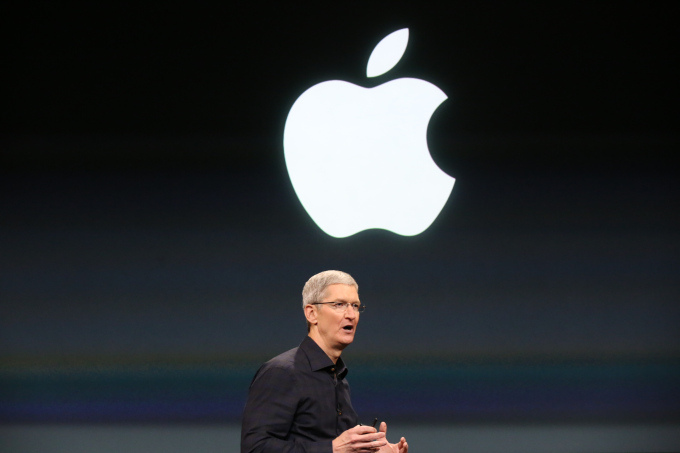
Ever wonder how much one makes as the head of Apple?
Good news! Since Apple is a public company, that’s public information. They updated their charts for last year just this morning.
Here’s how it all broke down in 2014:
Tim Cook took in $9.2 million in 2014 — $1.7M of that as salary, $6.7M as non-equity compensation (that is, money he makes based on how the company performs). That’s over double what he made in 2013, which was roughly $4.2M.
Newcomer Angela Ahrendts, hired away from Burberry to lead Apple’s retail strategy, earned $73M. The very vast majority of that ($70M) was in stock.
CFO Peter Oppenheimer earned $4.5M before retiring in September. This was about double his 2013 compensation.
Oppenheimer’s replacement, Luca Maestri, earned $14M — about $13M of which was stock and bonuses.
iTunes/App Store/Apple Pay/Siri/Apple Maps/iCloud-boss Eddy Cue earned $24.M, $20M of which was stock. This is about 12x his 2013 compensation.
Supply chain head (SVP of Operations) Jeff Williams earned $24M, $20M of which was stock.
This doesn’t factor in any net worth gained on Apple stock each exec already owned — and given that Apple stock did nothing but climb in 2014, that’s likely a huge chunk of cash in its own right.
You can find Apple’s Executive Compensation table on page 40 of this document.
tl;dr: some made more than others, but all of’em made more than most can begin to imagine.
Via
Comments
Post a Comment